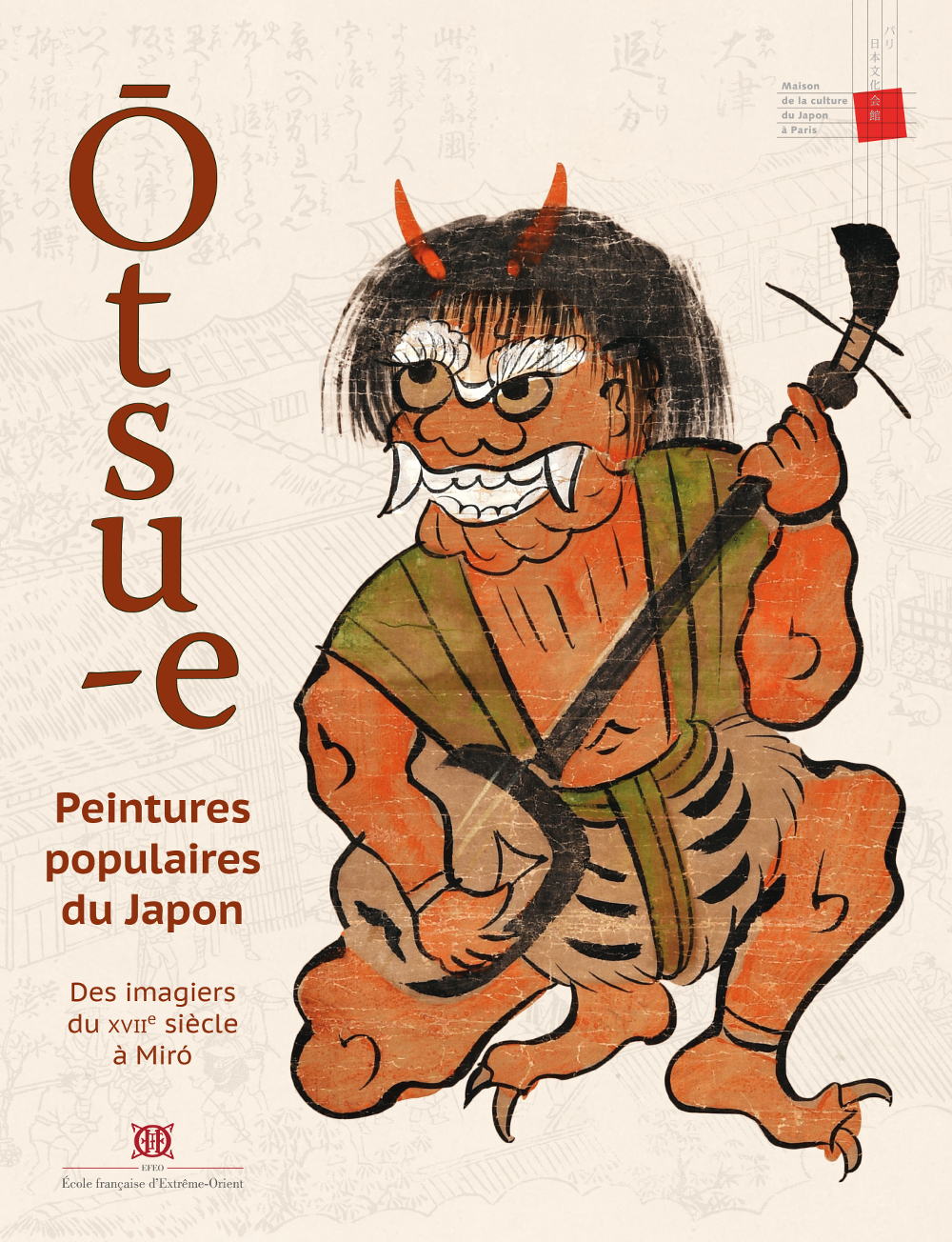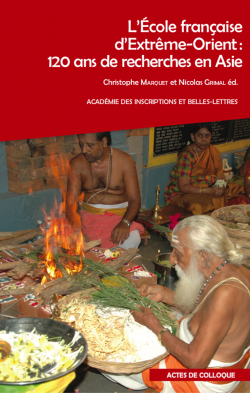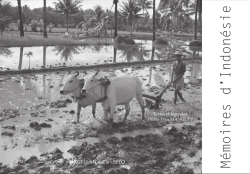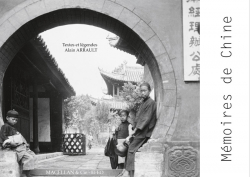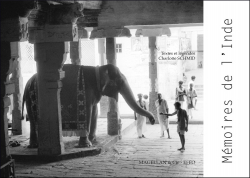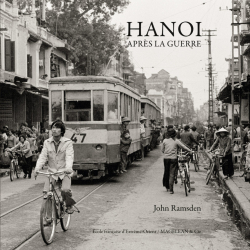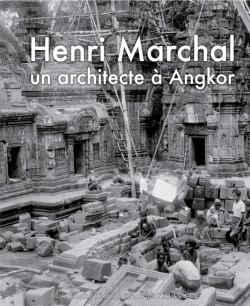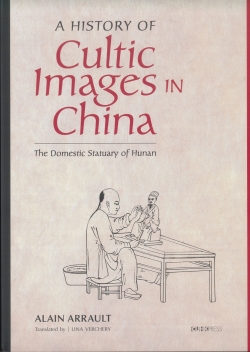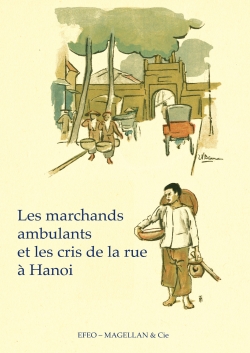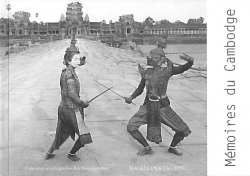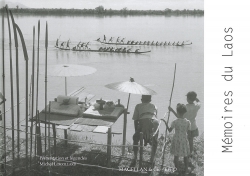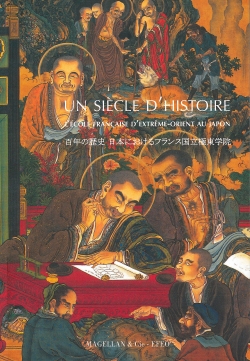The catalog of EFEO Publications includes works on a wide range of disciplines in the humanities and social sciences (archaeology, history, anthropology, literature, philology, etc.), centered on Asia, from India to Japan.
These publications address both specialists, and a wider public interested in Asian civilizations and societies.
Ôtsu-e
Peintures populaires du Japon. Des imagiers du XVIIe siècle à Miró
Collection : Coéditions
Collection's number: 18
Editor: Marquet (Christophe)
Edition: EFEO, Maison de la culture du Japon à Paris
Publication date: 2019
Status : Out of Print
23,00 €
ISBN-13 : 9782855392516
Width : 23 cm
Height : 30 cm
Weight : 1.02 kg
Number of pages : 184
Distributor : EFEO Diffusion
Geography : Japan
Language : French
Place : Paris
Support : Papier
Description :
23 x 30, 184 P., 135 illustrations, paperback
Abstract
Ôtsu-e or ‘Ôtsu pictures’ are stencil paintings, which became very popular throughout the Edo period, from the early 17th to the mid-19th centuries. They were sold to travellers and pilgrims on the Tôkaidô road linking Kyoto to Edo (now Tokyo), and the city of Ôtsu is the first relay.
The themes of these paintings were at first religious, before evolving towards satirical or moral content. The best-known repertoire consists of about ten subjects—such as the praying goblin disguised as a monk or the wisteria maiden—to whom protective virtues were attributed.
Many 19th century artists, particularly from the Ukiyo-e school, such as Kuniyoshi or Kawanabe Kyôsai, were fascinated by this imagery and drew inspiration from it, producing parody versions that perpetuated their humorous spirit.
It was only in the 1920s, spurred on by the Japanese folk crafts movement (mingei), that these Ôtsu images were rediscovered, studied and miraculously preserved by the thinker Yanagi Muneyoshi (1889-1961). The most beautiful pieces of this unique collection in the world, preserved in the Japan Folk Crafts Museum, the museum he founded in Tokyo in 1936, are shown in the exhibition.
Ôtsu paintings are far from being as famous in the West as Ukiyo-e prints, which are contemporary with one another. Some precursors were nevertheless interested in them, like the anthropologist André Leroi-Gourhan or artists, such as the Catalan sculptor Eudald Serra, as well as Miró and Picasso and several Ôtsu pictures of their personal collections are exhibited. The simplification of forms, the graphic freedom, the naivety and the humorous spirit of these paintings resonated with certain forms of avant-garde art in the 20th century.
Table of contents
Notes
After the Japonismes 2018 cultural season, Maison de la culture du Japon à Paris presents ‘ÔTSU-E: Folk paintings of Japan’, the first exhibition organized in Europe on Japanese folk imagery from the Edo period.
About the editor
Marquet (Christophe)
Art historian, specialist of Japan. He is Professor at the EFEO (French School of the Asian Studies) and head of the Kyôto Center.
He has published and edited numerous books and special issues of journals on the history of art and the history of book in Japan, including : Primitive pictures? Ôtsu-e Alive in the Modern World (Bijutsu Forum 21, Vol. 36, 2017), Ôtsu-e. Imagerie populaire du Japon (Picquier, 2015, Japanese edition Kadokawa, 2016), Patrimonialisation et identités en Asie orientale / Heritage-making and Identities in East Asia (Ebisu, 2015), Tekisuto to imêji wo amu: shuppan bunka no nichifutsu kôryû (Bensei shuppan, 2015), The Invention of "Folk Crafts": Yanagi Sōetsu and Mingei (Cipango. French Journal of Japanese Studies, 2012), E wo yomu, moji wo miru. Nihon bungaku to sono baitai (Ajia yûgaku, Bensei shuppan, 2008), Hokusai, First Manga Master (Abrams, 2008), Du pinceau à la typographie (EFEO, 2006 ; Japanese edition 2010).
Related books
Coéditions
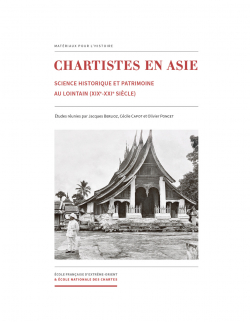
Chartistes en Asie
Philippe LE FAILLER, Christophe MARQUET, Danielle ELISSEEFF, Pierre-Sylvain FILLIOZAT, Isabelle POUJOL, Vincent LEFÈVRE, Michelle BUBENICEK, Olivier PONCET, Jean-Philippe DUMAS, Nathalie MONNET, Marine CABOS-BRULLÉ, Cédric MONG-HY, Cécile CAPOT, Olivia PELLETIER, Odile WELFELÉ, Pascal GENESTE
39,00 €
2021
• Check with the publisher
